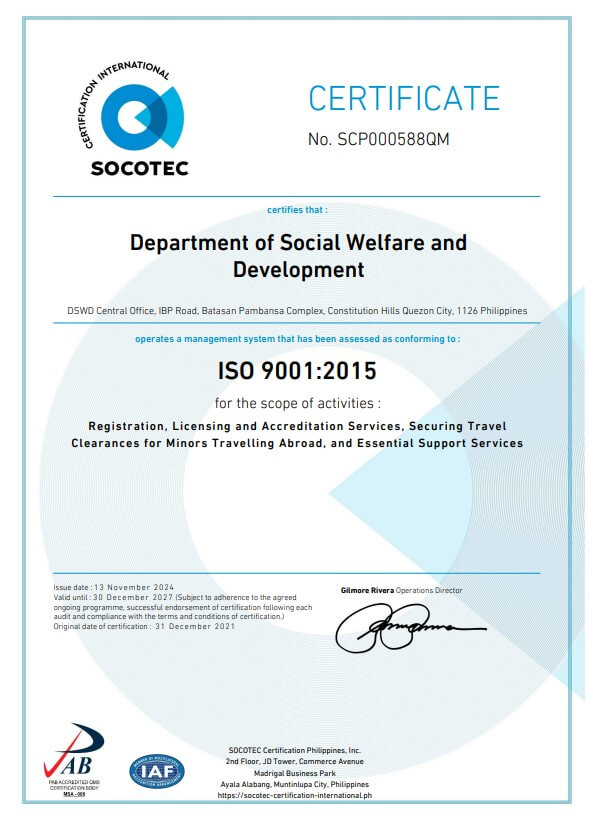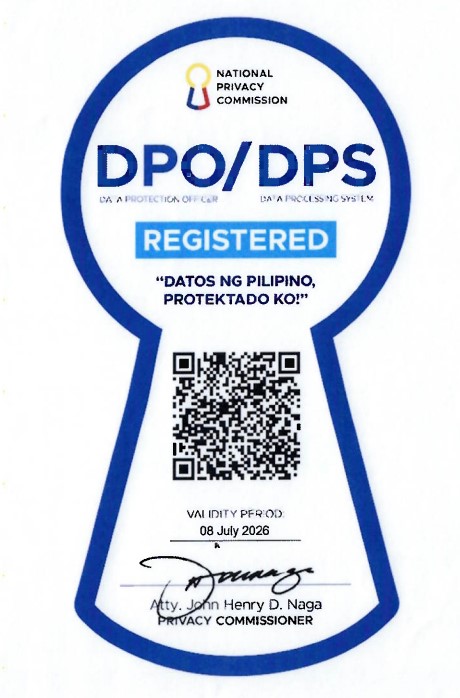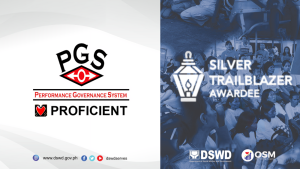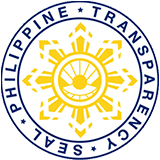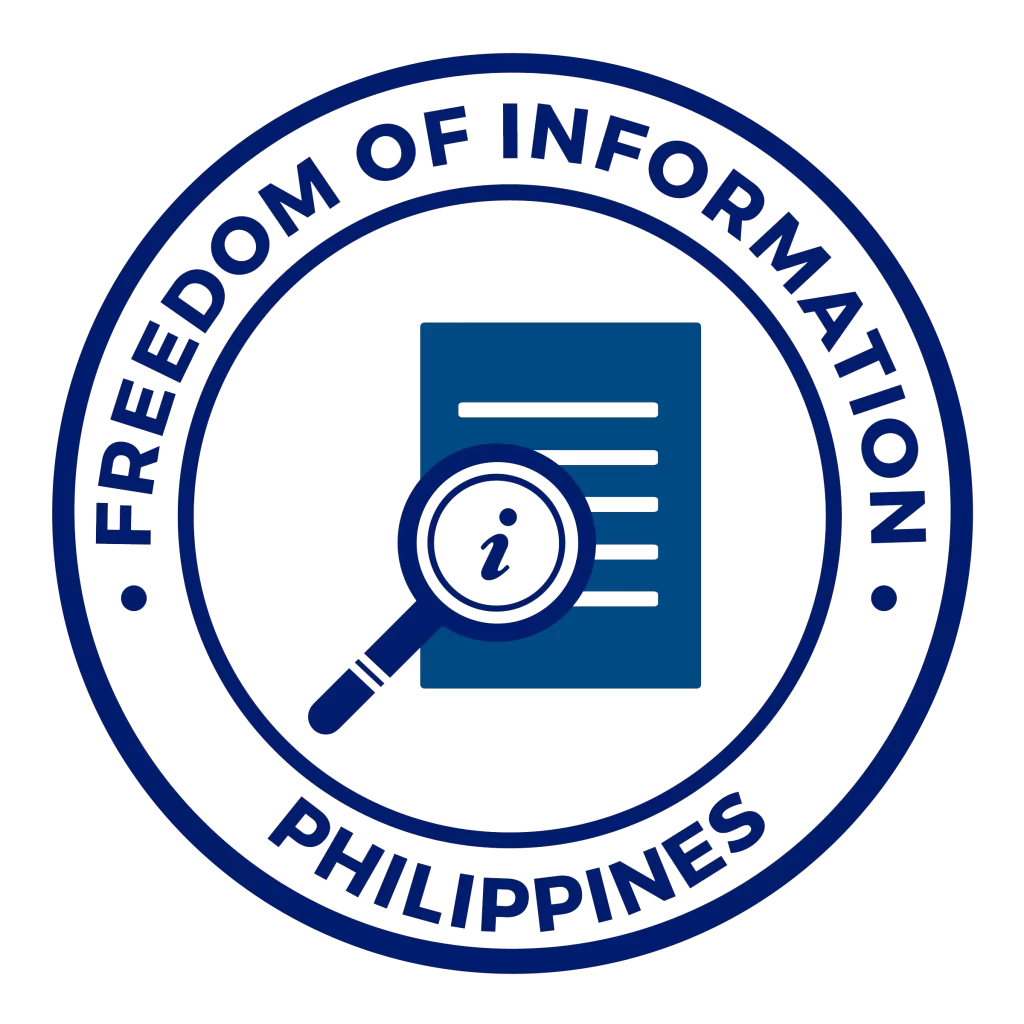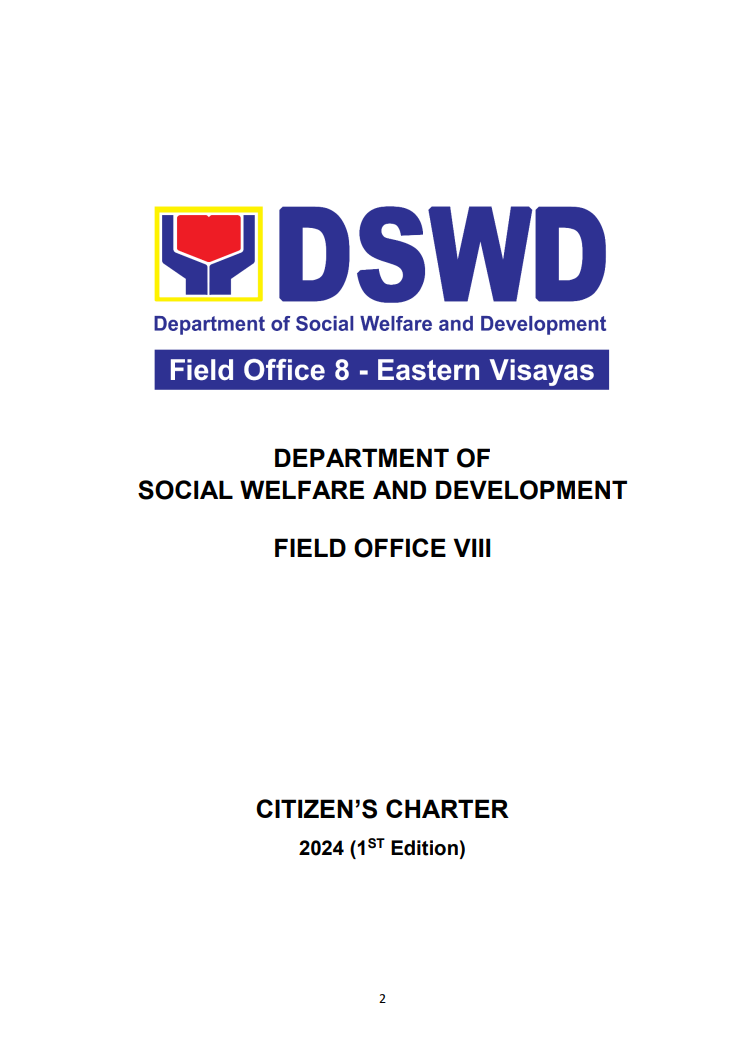What is the NHTS – PR?
is a unified information management system that uses an objective targeting mechanism to identify who and where the poor are in the country. Based on the system’s identified poor households, the government’s social protection programs and resources are able to equitably distributed and prioritized. This is a DSWD-led initiative through the department’s National Household Targeting Office with a National Technical Advisory Group composed of Philippine statistics Authority (PSA), National Economic Development Authority (NEDA) and members from the academe.
Why do we need the National Household Targeting System?
Our resources are limited. Thus, we need a targeting system in order for the government to equitably distribute its resources and services to the poor. With the system, the issue of the leakage (of non poor being included) and deprivation (poor being excluded as beneficiaries) of social services will be addressed.
A recent study cited by the World Bank revealed that poorly targeted social services result in the exclusions of the poor from necessary social services and the waste of resources on those who are not actually poor. Thus, spending P1B-2B wisely on an objective targeting system is better than wasting P20-30B on a poorly targeted rice subsidy program for an example.
What are its objective?
Listahanan aims to:
1. Establish an objective targeting system
2. Reduce the leakage (inclusion of non-poor) and under-coverage (exclusion of the poor) in social protection programs and services.
Benefits
Several benefits come with the DSWD’s Listahanan program:
Allows local government units (LGUs) will have access to the official list of poor families as identified by the DSWD
A better understanding of poverty in each locality, helping LGUs plan and implement more effective development interventions.
More than 5 million families have been categorized as poor and are now being assisted by various social protection programs.
Social protection programs can be designed to address the multiple dimensions of poverty.
Enhance the impact of social protection programs and, minimizing the wastage of resources.
How does Listahanan identify poor families and households?
Targeting is conducted following these four phases:
1. Preparatory Phase – The areas to be assessed and their appropriate and corresponding data collection strategies are identified.
2. Data Collection and Analysis Phase – Home visits are conducted to collect socio-economic information and basic information of family members thru the Family Assessment Form (FAF). FAF is a four-page questionnaire with 46 variables. The data is encoded online at the DSWD regional offices.
A Proxy Means Test (PMT) is run to estimate family income. PMT is a statistical model that estimates the income of families using the proxy variables indicated in the FAF. These include family composition, education of family members, family conditions, and access to basic services. Estimated income of a family is compared to the poverty threshold per province to determine if it is poor or non-poor. Two separate models are used to estimate income for urban and rural households.
3. Validation and Finalization Phase – The initial of poor families are posted for validation at the local level and by forming a Local Validation Committee (LVC) to act on complaints and appeals. The official list of poor households is shared with data users to serve as their guide in selecting beneficiaries of their social protection programs.
4. Report Generation Phase – The National and Regional Profiles of the Poor are generated based on data extracted from the database. Collect feedback from data users as to how they used the data for their social protection programs and resolve appeals or complaints on beneficiary selection.
Who are involved in the DSWD Listahanan targeting?
Through the NHTS, the DSWD coordinates the process of identifying the poor and ensuring that they are properly identified and supported. In addition, the agency’s field offices are also equipped with the necessary resources to carry out effective household targeting operations. These include coordinators, supervisors, and verifiers.
The field staff members who participate in the assessment are not assigned to areas where they might influence the data collected from households. The NHTS regularly consults with its NTAG, which comprises experts in various fields such as economics, statistics, and demography.
The NHTS’ National Targeting System Committee also has representatives from various operational clusters. These individuals provide the agency with their recommendations regarding the project implementation.

